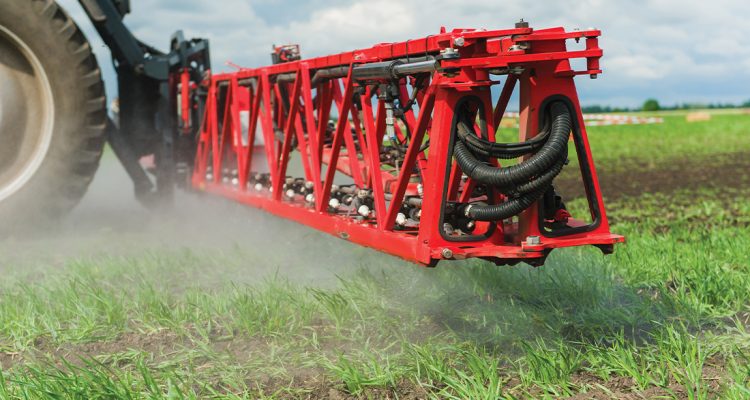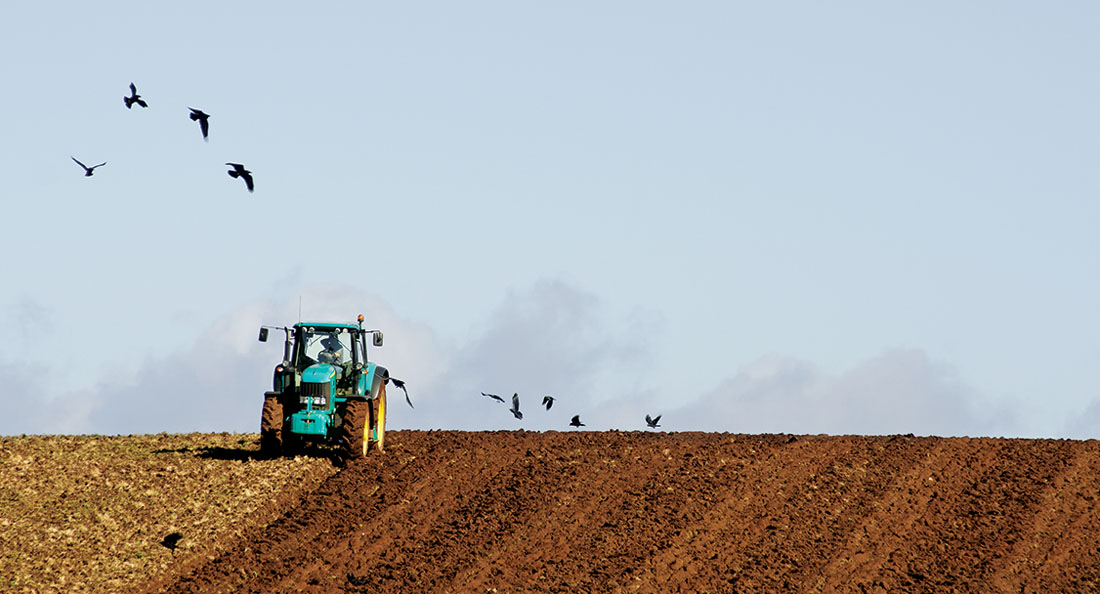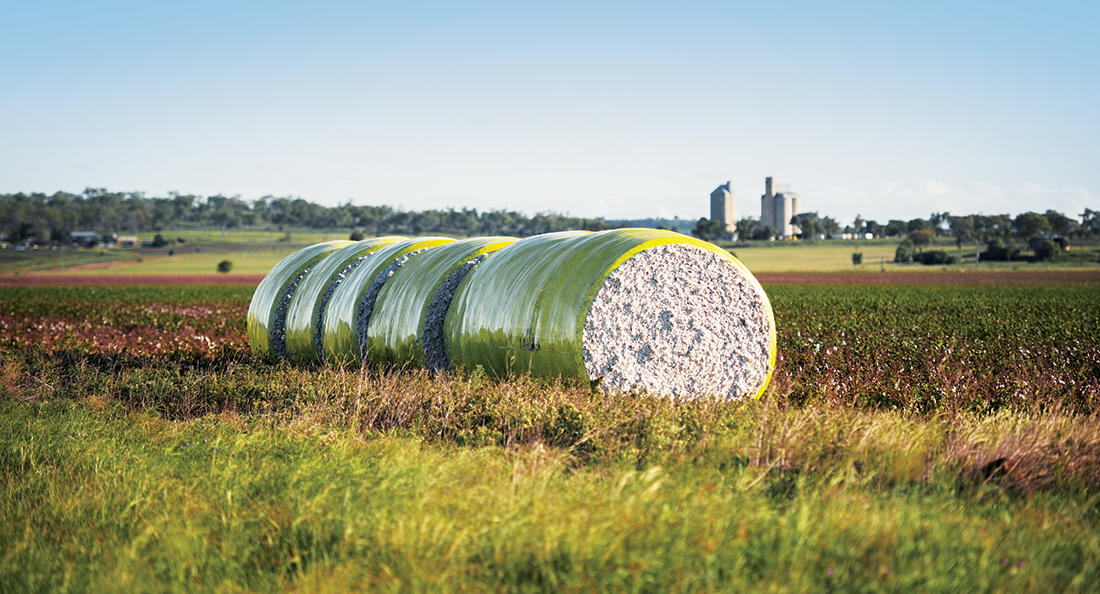Herbicide technology has come a long way since the late 1800s, when Australian farmers were known to apply salt and kerosene to tame unruly weeds encroaching on their crops. A century later, the French horse-drawn boom spray revolutionised modern farming practice, evolving through countless iterations as pump design and motorisation advanced over time.
In the Riverina region of New South Wales, a combination of flat planes, warm climate and ample supply of water facilitate some of the highest-yielding farming operations in the country. The area’s agricultural diversity provides key support to Australia’s food production and export industries, but also renders the land prone to weeds, fungi, insects, and nematodes.
In his role as Category Manager for Fluid Power at Motion Australia, Fellipe Ramos has been working alongside one particular broadacre equipment manufacturer based in Wagga Wagga, to help improve productivity for their end-users across the Riverina area. The business is a widely trusted developer of custom boom sprayers with over 30 years of experience servicing local farmers.
“Our support recently has been two-fold,” he says. “We’ve liaised between our CRAM and BSC branches in the area to ensure high stock availability for their team, and also collaborated with our engineering group to upgrade the spray control system on their assemblies.”
According to Fellipe, the owner of the business was originally sourcing parts from Melbourne, and consequently waiting overnight or multiple days to receive critical stock. Once BSC in Wagga Wagga began holding their required manifolds, valves, accumulators, hose and fittings and cylinders, it was only a short walk from their workshop to pick up what they needed.
“This is a great example of how we can leverage on an inter-connected supplier network and concentrate stock to where it’s needed most around the country,” he says. “We’ve been able to help them save on downtime and delivery costs, which in turns supports our local teams to continue expanding their portfolio offering.”
In addition, CRAM has collaborated with Motion Australia’s engineering business, CMA, to develop a new spray management system, which has helped to save fuel and energy while the boom spray is active in the field.
“The boom and spray arms are controlled by a hydraulic manifold, which allows motions like opening, closing, and tilting up or down,” he explains. “The hydraulic system is fitted with a second valve bank to control the spray and transfer pumps, and a variable piston pump controls the system flow rate.
The tractor’s power take-off (PTO) kick-starts the hydraulic pump, which – through a control valve – drives the hydraulic motor to initiate the spray pump. The customer wanted to reduce the speed of the hydraulic motor, to save energy and minimise water being diverted back into the tank.
The solution included the implementation of an electrical control box mounted inside the tractor cabin, giving the operator accessible and safe control over the sprayer from the driver seat. This is responsible for regulating a proportional valve which controls the speed of the hydraulic motor to drive the pump on the water circuit and be able to reduce the flow rate to the spray nozzles situated along the arms.
“All of these design implementations including a new Hydraulic manifold with safety valves helped to mitigate the risk of hydraulic cylinder failure, which is a common hinderance to boom spray operation for farmers,” says Fellipe.
He furthers that the continued production of the equipment has been successful under this new approach, with positive feedback coming in from local users. Fewer failures in the field have led to significant reduction in downtime and repair costs, leveraging the OEM as a reliable source for specialist product.
“For every type of hydraulic engineering, CRAM is the national expert,” says Fellipe. “Whether it’s sourcing the right product to suit any application, or taking a closer look to problem-solve something that isn’t operating efficiently, we have the best resources and team to provide a lasting solution.”
This project has been overseen by both CRAM and CMA through Motion Australia’s engineering hub, from conception and design through to prototyping and installation alongside the customer. From there, the local BSC branch has ensured that any ongoing part requirements are conveniently met through their stock holding capacity.




